Mimurotoji Temple: A Hydrangea Paradise in Kyoto
Not far away from Japan’s infamous Byodo-in in Uji lies Mimurotoji Temple [三室戸寺], the 10th temple of Saigoku Kannon Pilgrimage. However, right around the rainy season, this temple is particularly famous for its luscious hydrangea garden. Mimurotoji’s hydrangea garden is one of the best of its kind in the Kansai region and attracts many people from far and wide.
Mimurotoji Temple
We went during prime hydrangea season on a Wednesday and there were plenty of people in the temple. Fortunately, we didn’t have to wait to get in, but I am sure that during the weekends, there would be long lines.
While Mimurotoji’s garden is quite big, its temple grounds themselves are fairly small. Once you climb up the stairs, you will see the main building
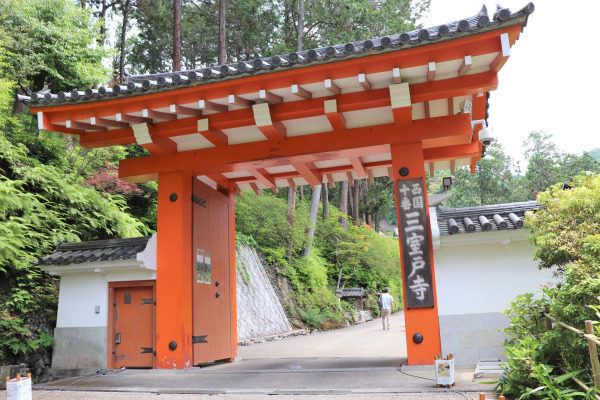
According to temple legend, the temple’s origins date back to the 8th century when Emperor Konin saw an odd golden beam of light in the palace. He sent one of his trusted nobles to find the source of this unusual light. After several days of journeying, the noble discovered the light radiating from a large statue of Kannon Bosatsu in the Uji River.
However, when he jumped into the river to retrieve that statue, it began to get smaller and smaller. By the time he got to the statue, it was a fraction of its original size. Much later, the same noble carved a bigger version of the same to mimic the one his originally saw. Eventually, Mimurotoji Temple was created to enshrine those statues.

The main building, 10th of Saigoku Kannon Pilgrimage, was built in the early 19th century. As I mentioned in the history section, one small Kannon statues was embedded inside of the large Kannon statue, but the large was burnt down by the fire and the current main deity is the small one that survived the fire.
Unfortunately, this Kannon statue is usually not open to the public and are very occasionally disclosed.

After visiting the main building, you should walk around some as it is quite quaint temple.

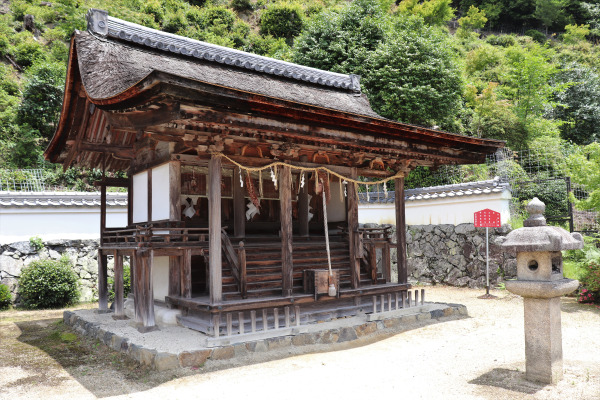
Something interesting about this temple, are its unusual “lucky” stones.
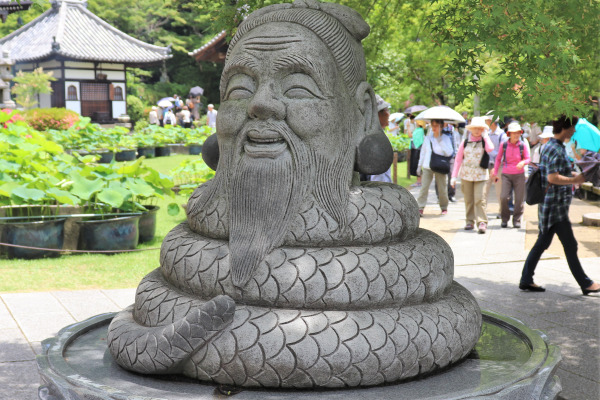
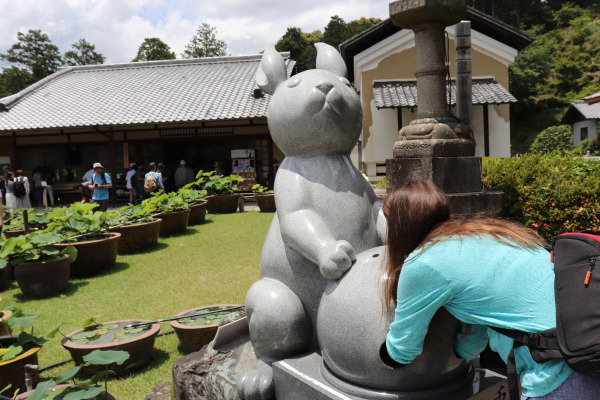
Hydrangea Garden
Once you enter the temple, you will see its huge and stunning hydrangea garden. It has about 50 different breeds for a total of 10,000 of hydrangea. It is fair to say this temple is one of the best hydrangea gardens in Kansai region.
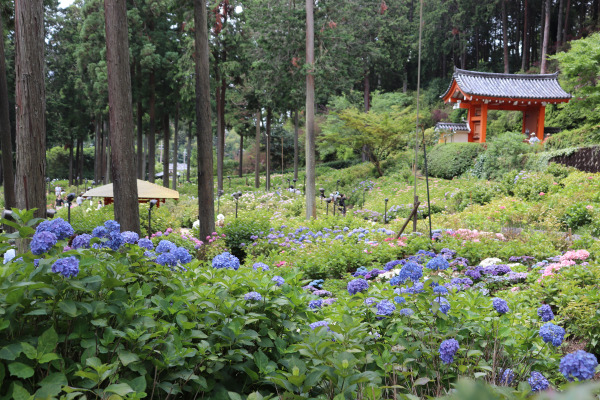
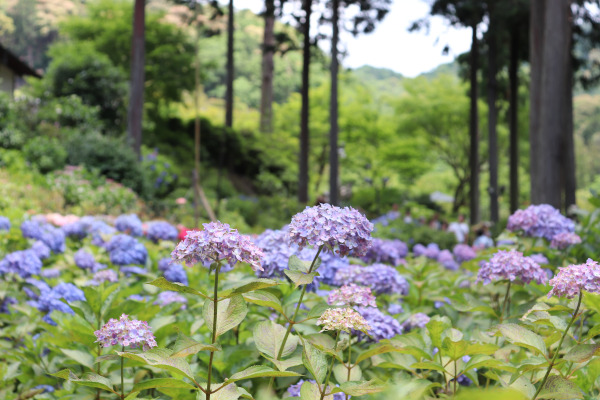
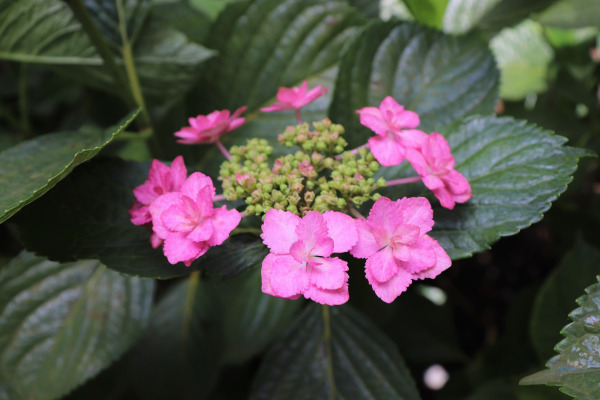
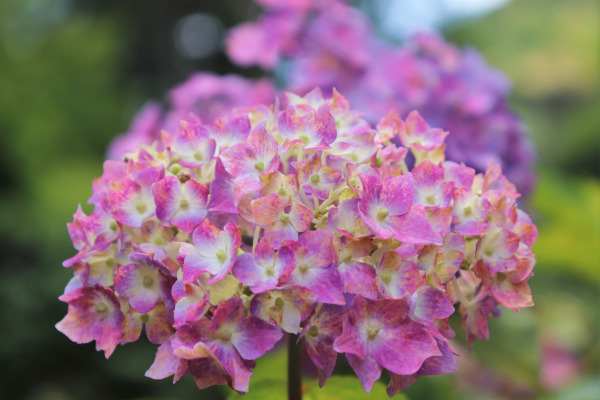
This year was a bit drier than usual so the hydrangea weren’t quite as full as they usually are. Despite Kanto being in the middle of its rainy season, we’ve yet to see any real rain here in Kansai.
In the middle of hydrangea garden is a little café where you can enjoy hydrangea-inspired food!


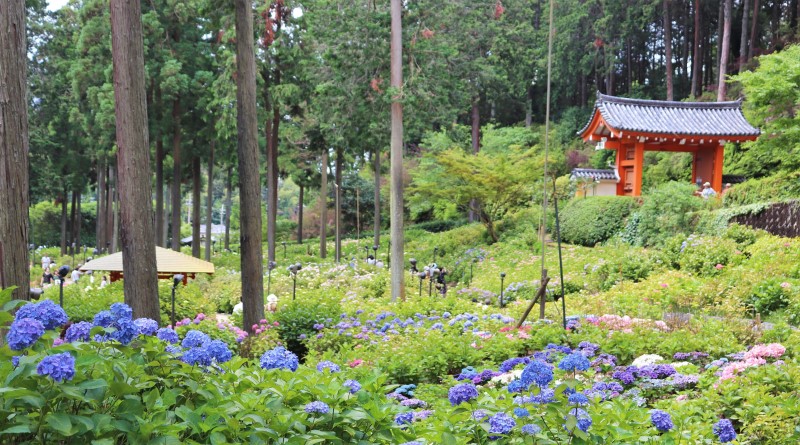
Leave a Reply